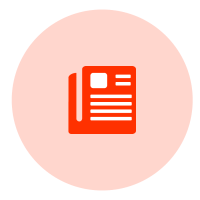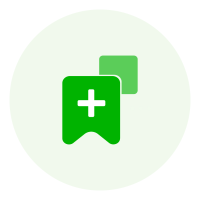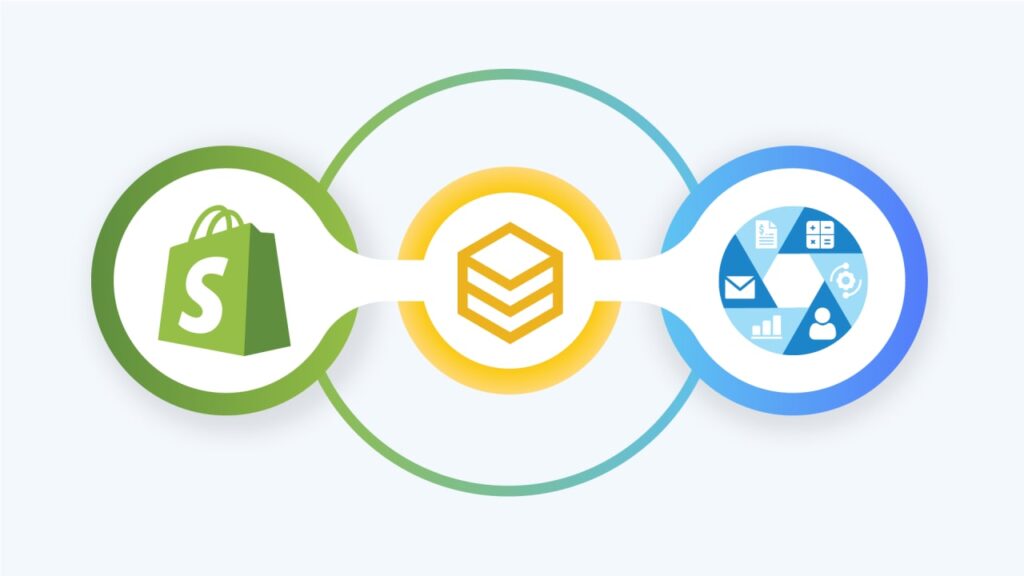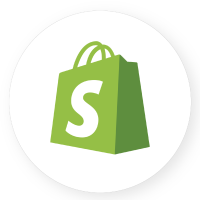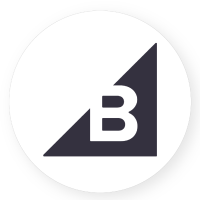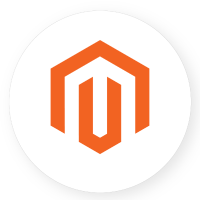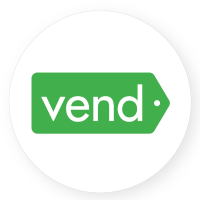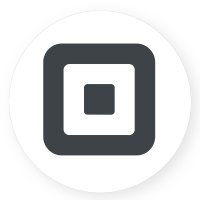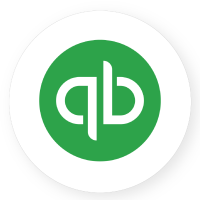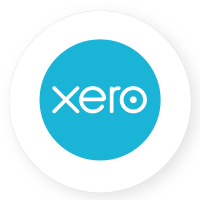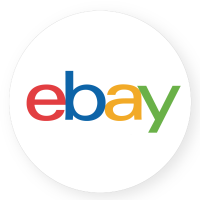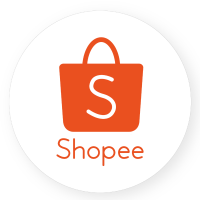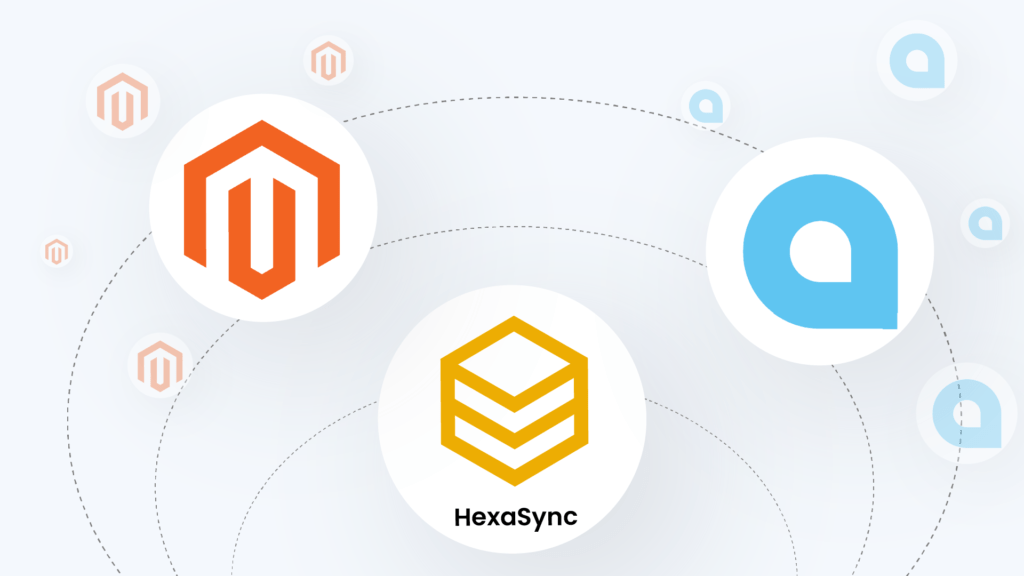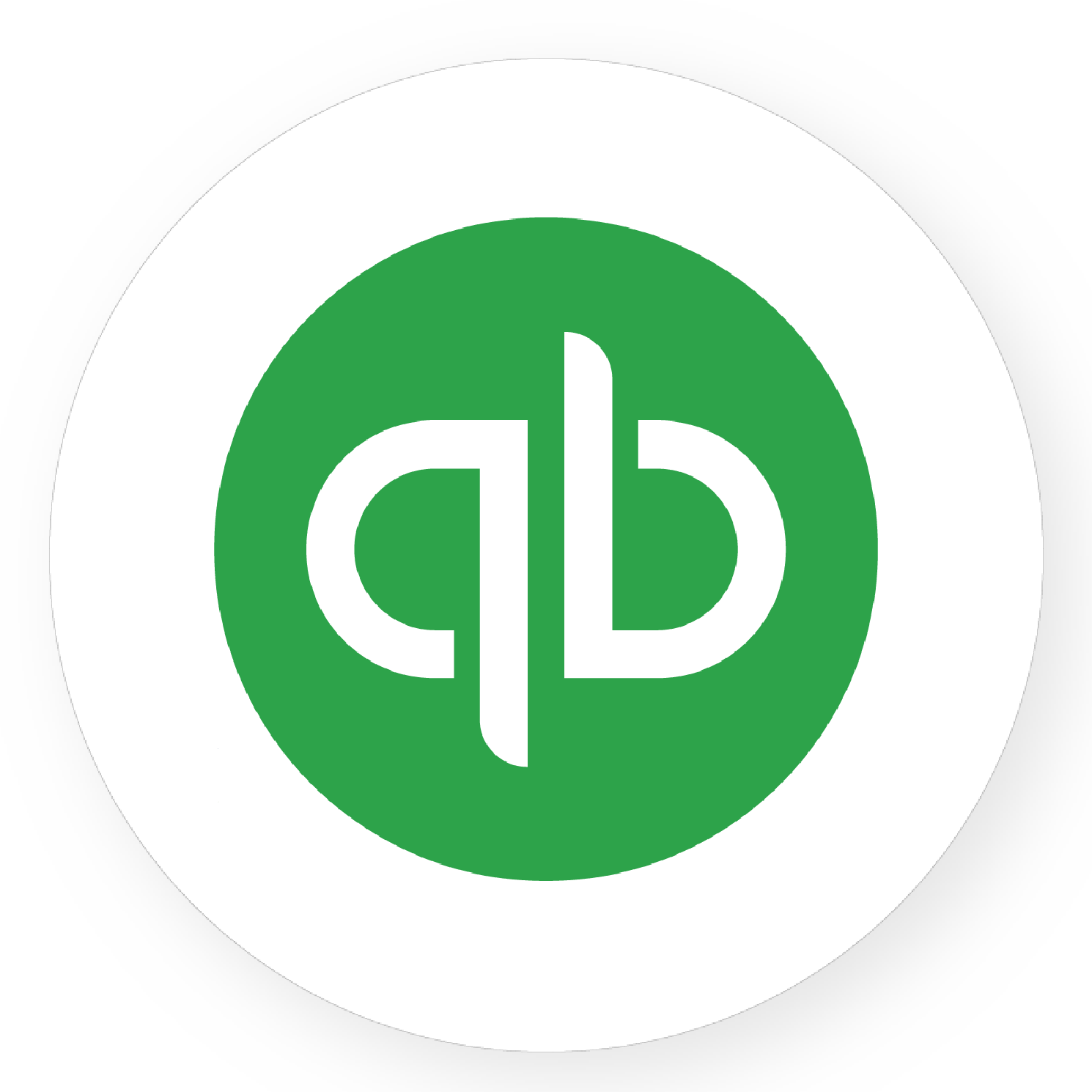“The beginning is always the hardest.” When it comes to building an online store, it is not that complex if you get the proper help from a specialized eCommerce platform like Shopify. This article provides all the steps, information, and elements to set up a Shopify store for beginners quickly.
Table of Contents
How to Start a Shopify Store in 8 Simple Steps
Shopify is specially designed for those just getting started with websites and eCommerce. So do not worry too much that setting up a Shopify store is a difficult task.
You can sell almost anything on the Shopify platform. Not only allow selling physical products, but Shopify also allows you to sell products such as services, courses, membership cards, and hotel rooms.
Shopify offers a 14-day trial where you can create your eCommerce business through easy clicks. However, before going into the steps to set up an online store, you should understand how Shopify works. Shopify Reviews delivers further information that you may be interested in further reading.
After that, you can set up a Shopify store with only 8 steps:
-
- Choose a plan for the Shopify store
-
- Customize your Pages
-
- Add Products
-
- Create online shopping key pages for your store
-
- Set up shipping
-
- Setting up payment gateways and payouts
-
- Make an online store ready for launch
-
- Launch your store
Now let’s move on answer the question, “How to set up a Shopify store”
Step 1: Choose a plan for the Shopify store
Create a Shopify Account
-
- First, you need an email address, then go to the Shopify website, enter your email address, and select start free trial.
-
- You login into the store account with the chosen email and your created password. Then wait while the system sets up the online store for you.
Sign Up with Shopify
-
- After successfully signing up, Shopify will give you some general information to get a full picture of your business.
-
- The three first questions are about your purpose of building the store on Shopify, your current business type, and its size.
-
- Fulfill all business information, such as the location of your business, the contact numbers, the postal code, etc.
-
- After entering all the required information, you are now able to access the store.
From now, it starts getting more enjoyable when you are moving to the creative steps of designing your own online business.
-
- Go to Settings and click General to modify some basic information like the store name, store address, store currency, standard, and format (used to calculate the product prices and shipping weights).
Special note: Do not use virtual addresses or fake information because your account will be locked when detected.
Choose a Shopify plan
Regarding the price, Shopify has service packages ranging from $29 – $299/month, not to mention the Shopify Plus service package for VIP customers with huge orders.
-
- Basic package: 29$/month, plus 2.0% Transaction fees for all payment providers
-
- Shopify plan: 79$/month, plus 1.0% Transaction fees for all payment providers
-
- Advance package: 299$/month, plus 0.5% Transaction fees for all payment providers
For starters, you can choose from a Basic or Shopify plan. The difference between Basic and Shopify is the features set you will get. The higher the plan, the more valuable and accessible features you acquire.
Step 2: Customize your Pages
Choose a Theme
Themes can be considered a backbone of a website. Setting up a Shopify store with a beautiful theme is not something complicated.
-
- To select your theme, let’s click on the Online Store button on the left-hand side and select “Themes.”
-
- You can roll down and see the “Free themes” vs. the “Shopify theme store” section.
-
- In terms of the Shopify Free theme, you would see all the free options offered for different kinds of industries like retails, restaurants, and other business fields. Thus, there are a variety of website frames that you can pick that work best for the brand.
-
- If you don’t want to buy a theme, there are ten free themes for you to look around before deciding. After getting your favorable choice, you press “Add to theme library” and start trying to design your store.
-
- When visiting Shopify theme store, the web gallery shows both free and paid themes, with unique options tailored to different personal needs and business purposes.
If you don’t want to choose wrong, you must take these notes before picking a website frame.
Look at all the details (the different styles, theme features, and examples of stores using the theme) to see the store’s live example.
Moreover, you should spend more time reviewing the feedback; you should go through the negative and positive reviews of the users.
Last but not least, you can try the theme before buying it, though it needs to be purchased before publishing in the store.
Design your Homepage
-
- To edit the chosen and design your online store look, select the “Themes” button on the left bar side and choose “Customize.”
The Customize Theme interface is divided into 2 parts:
-
- Design section: this is the interface that you work with to finalize the structure of your website, as well as the items that will appear on your home page.
-
- Theme settings section: is for the changing of colors and typographies.
Depending on the theme you chose, different suggested layouts would appear. But generally, it is straightforward to tailor the design to your preference. All you have to do is work with the provided editor bar on the left-hand side.
Specifically, you can add new images to each section, change the content, rearrange, remove, add new content blocks or add more new sections to the store, or temporarily hide the sections. The changing actions will be updated in real-time each time you make any edit, and it will display on the right side. Thus, remember to click “Save” after each edit.
Edit 3 sections on the Home Page
When editing the home page, you need to pay attention to the three essential parts: Header, Body, and Footer. You cannot delete the Header and Footer; only customize and edit. As for the Body section, you can add as many sections as you want and temporarily hide or delete them.
-
- Header is the content at the top of the page, where the logo, menu, and shopping cart appear.
-
- Body: the body of the page, where you can add content such as slideshows, banners, collections, products, blogs, articles, videos, etc.
-
- Footer: footer, usually menu, short article, newsletter, copyright, etc.
Header Section
In the Header section, you can see Adding a Logo image. You can upload the logo to display on the homepage, recommended size of 450 x 200 pixels. Note: your logo should be transparent and has the type file of “.png.” You can change the size and position of the Logo as you like. For example, about location, you can choose options like:
-
- Center main menu below logo: Logo in the middle and menu right below
-
- Left-align logo: Logo is on the left
Body Sections
There are sections like slideshow, news, popular this week, and featured product. You can directly edit these sections, delete, move or add new sections to suit your needs.
Footer Sections
Footer is the last part of the page, usually displaying information such as customer care, store address, social network links, blog posts, newsletter subscriptions, etc. You can customize the sections for the footer depending on your needs. You can explore the social icons and their links in the Theme Settings section right below to edit and add to your footer section.
Set Colors, Typography, and Other Theme Settings
It is time to make you more lively with the changing of colors and texts. When you feel satisfied with your layout, the next step is to design the feel and look of the store.
Just go through and check all the options that are provided within “Themes Setting.” It mainly allows you to change the font colors of the background and the text. Here it depends on your store industry and your brand identity.
If you have no idea what colors to use, or you are not confident in your design “taste.” You can have a look at the “Color wheel” provided by Adobe to search out the best color palettes.
After editing all the necessary sections and the looks of your website, you can have a final check on the size that will display on different devices. There are three small icons in the upper right, three sizes that will display your website. You can click to see how your homepage will look on different devices like smartphones, tablets, desktops, etc.
Customize your checkout
Customers receive an order summary and enter payment information on the checkout page.
-
- In your Shopify Dashboard, let’s go to Settings > Checkout
-
- Enter the Style section
-
- Click Customize checkout to open the theme editor.
You can choose to edit the Banner image, Color, and Main Content Area… in the Theme setting. To update more features to edit, you must be a customer of Shopify plus.
-
- Banner Image: You can upload a custom image that reflects your brand. Generally, a 1000 x 400 pixels image is highly recommended.
-
- Logo: It is better to include your brand’s primary element on your checkout page. You should make sure that your logo is clear and easy to see. Some store owners also use this position to include a tagline, slogan, or other messaging.
-
- Logo size: This option lets you select how big or small the logo is. Because “small” and “large” are quite arbitrary, it’s a good idea to test the logo size.
-
- Main content area background image: You can create the main content area on the left and integrate how it looks and feels. This image will repeat both vertically and horizontally, so selecting tiled options will be better.
-
- Background color: If you don’t have a background image, let’s select the background color for the left column to color your checkout page.
-
- Form fields: You can choose either transparent or white.
-
- Order summary background image: You may also include a background image behind your store’s order summary column. However, it is best to keep this image light and simple.
-
- Background color: If a background image is not used, select the background color of the order summary area.
-
- Typography: There’s a limited number of fonts that can be used, but you can choose one of them for all headings and all body copy in the checkout.
-
- Accent color: Accent color is used for links, checkmarks, and highlights in the checkout area. You can pick a color that is considered prominent in your brand and contrasts with background images or colors.
-
- Button color: The button color is the background color of the discount, gift card, and next-step buttons. This color should be bold and in high contrast for legibility purposes.
-
- Errors color: Error color is for warnings and invalid field errors. Red is used popularly, so it will be a choice. If you’re using a dark background, it can be difficult to get attention.
Ask for feedback
Customer feedback is information on a customer’s experience with a product or service supplied by the customer. This includes the user experience on your Shopify site, as well as the quality of your items and customer service.
-
- First, you go to the Shopify apps page and click on the visit app store button.
-
- You’ll see the product reviews about the third line.
-
- Click on product reviews.
-
- Click the add app button to install the app.
Now we have the app installed, and we just have to set it up.
-
- From the apps page, click on the Product Reviews > Settings > Installation instructions
-
- Copy the code to the clipboard. Once you’ve copied the code to the clipboard, click on this link here that says sections/product-template-liquid. This is the Shopify HTML code to add reviews to your product page.
-
- Find the code for the text product. description
-
- You can do this by either hitting ctrl + F on PC or cmd + On Mac, and just this will open the tab in your browser where you can search for product.description.
-
- If you want to add the ratings below the product description, now you can right-click and paste the code below the product description.
- Now go back to your product description page and refresh the page; you’ll see customer product reviews here.
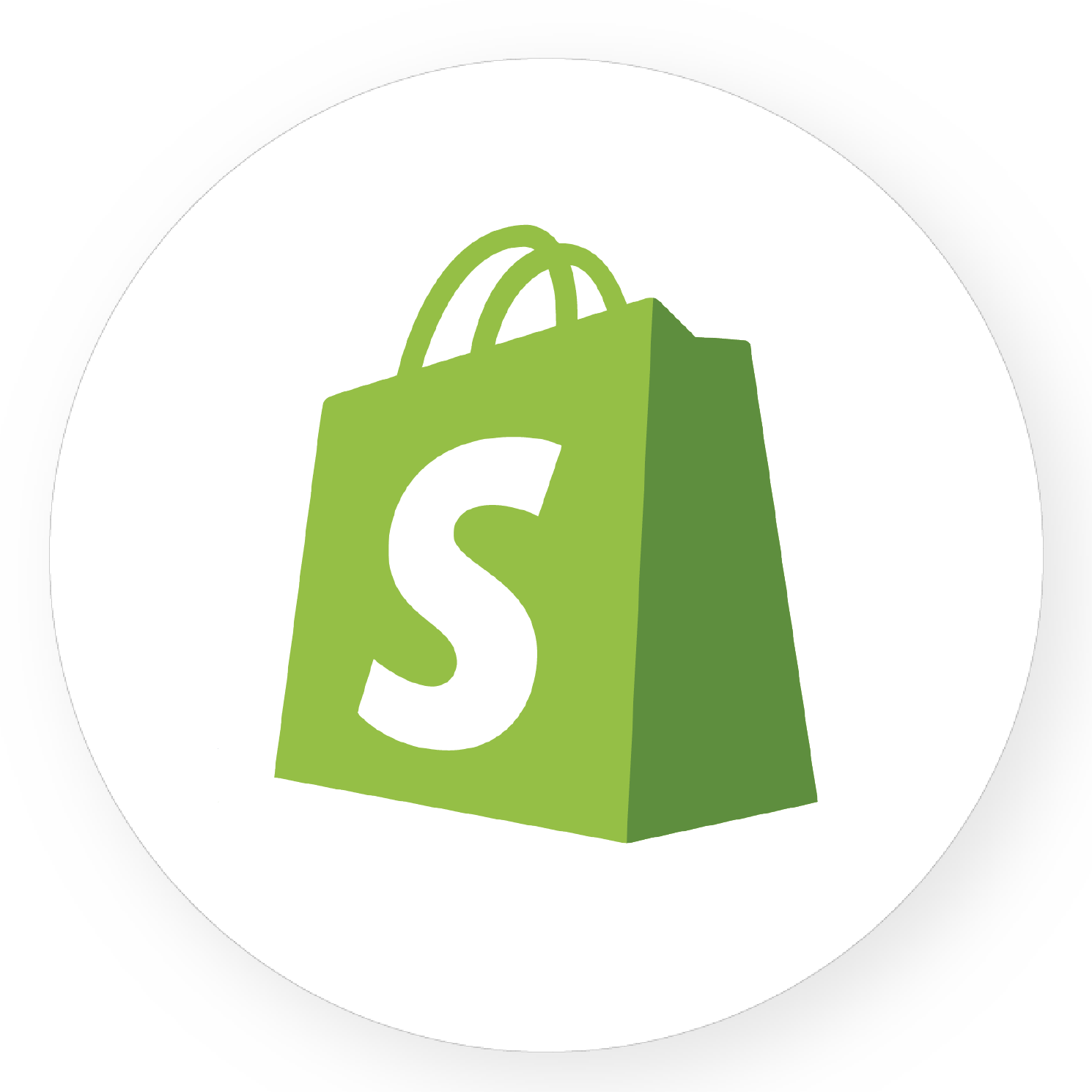

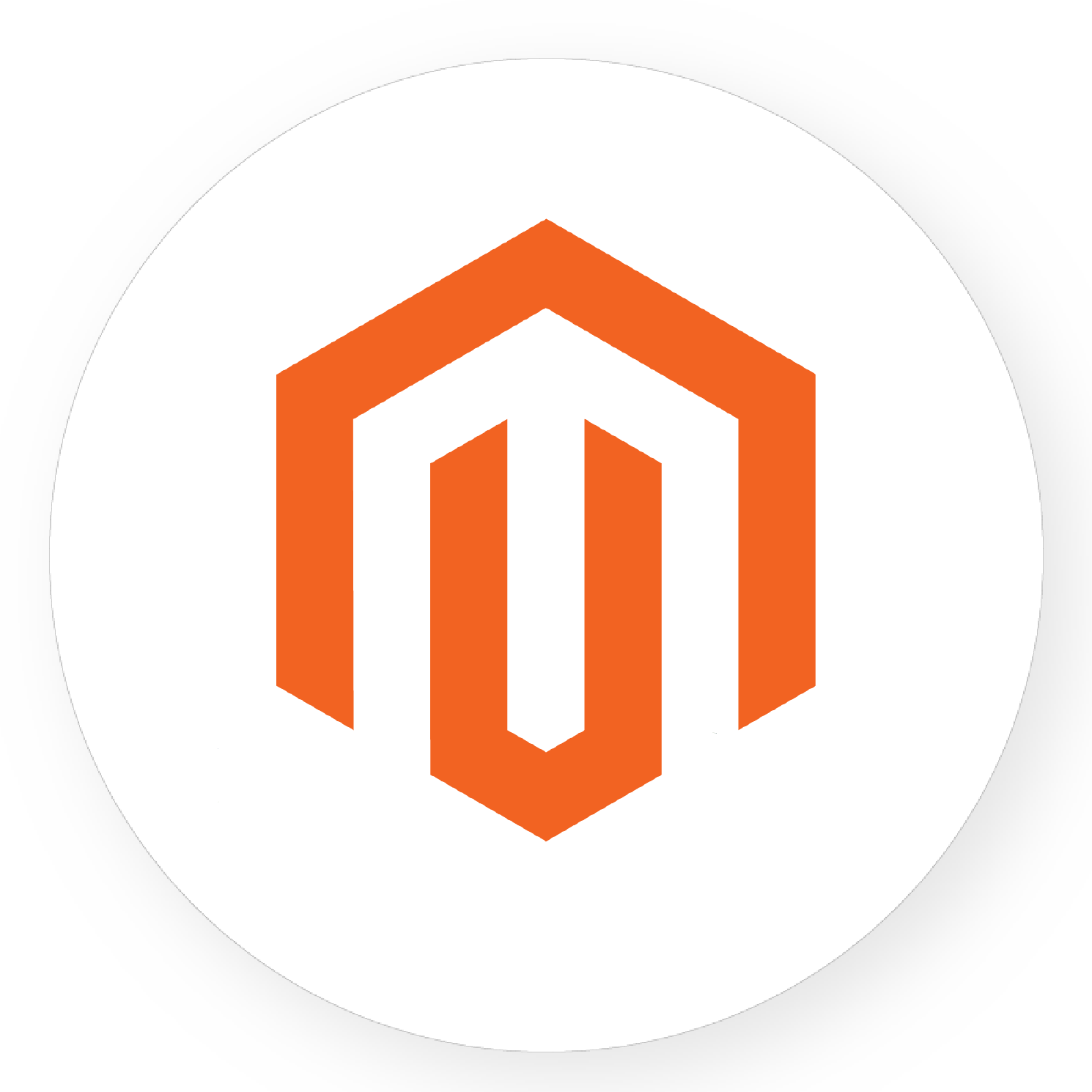
Shopify Magento Integration



Shopify Zoho Integration
Step 3: Add Products
To post products, create collections, and inventory products, you will have to click on the “Products” button and start adding products.
Write your product title and description
The product name and the details of the product are essential, it contributes to the purchase decision of the customer. The more you make it concise, the more trust you will receive from customers. The sharing of information must be explicit, from price to size and composition; the material is what you should fill in. You can refer to the works of your competitors to get more ideas for your store.
Besides the title and description, other vital items that you need to fill in Product Type: product type, Vendor: brand, and Tags: you need to tag tags because it’s very important and related to the collection.
Upload product photos or other media
Below the product details section, you’ll see a media section. You can upload any medium, such as a photo, GIF, video, or even a 3D model, to help you make your product description more intuitive.
You should pay attention to the notes that you need to use high-quality photos to help your products look more eye-catching and professional. Use images of the same size so that the pictures have uniformity.
Besides, after uploading an image, you can click on it to make basic edits. It could be simple cropping and resizing. You can also edit Alt Text to improve your website’s SEO score, increasing your reach to customers when searching for relevant product lines on Google.
Set Your Product Price
Setting prices for products is also straightforward; you can enter the following information:
-
- Price: official selling price
-
- Compare at Price: original price; this is an optional field. You can use it to track your profit margins for an individual product if you want.
Inventory
SKU (stock keeping unit) – The code that identifies the product within your business. For effective tracking and sales reporting, each SKU needs to be unique. SKUs are optional. You can create your own SKU format. For more information about SKUs, refer to SKU formats.
Barcode (ISBN, UPC, GTIN, etc.) – Resellers typically use barcodes. The barcode is used by Shopify POS in a retail store for publishing products using the Google channel.
The identifier must be a new or existing Global Trade Item Number (GTIN). Some sales channels require a GTIN before a product can be published using the channel. You can find the GTIN above or below the barcode on the packaging for your product. If you don’t have a GTIN for a product, you can request it from the manufacturer. Don’t invent false GTIN information for your products.
-
- Inventory policy – The setting for inventory tracking.
-
- Quantity – The number of units in stock. If you manage your inventory across multiple locations, the quantity is shown for each location.
-
- Incoming – The number of incoming units. Refer to Transfers.
Shipping
This is a physical product – The setting determines whether or not a product must be sent. Uncheck it if you’re selling digital items or services or if you never ship anything.
Weight – The product’s actual weight. When a physical product is selected, this field will show. Because it is used to determine shipping prices, product weight must be accurate. At the Shopify Hardware Store, you can get a shipment scale.
Country/Region of origin – The country where the product was manufactured or assembled. If the product consists of materials from different countries or regions, then the country or region where it takes its essential form is the country or region of origin. Other countries or regions and international treaties have different rules of origin.
HS code – If you want to ship the product internationally, enter the harmonized system (HS) tariff code. These codes provide customs with information to apply the correct tariffs to the order. You can find the HS code for your product by searching using a keyword in the HS code field of the product details page.
Fulfillment service – Select a fulfillment service from the list of the ones you use. If you’re not using a fulfillment service, then select Shopify.
Variants
For a product with variants, this section displays the product’s choices, such as color and size. A variation for a product is any combination of option settings for that product.
You can create up to 3 options for each Shopify product (for example, size, color, material); and up to 100 variants of these.
Variants are combinations of product options — i.e., a large, blue shoe would be one variant; a small, red one would be another, and so on.
Product Status
This section determines if a product is available in your store. It enables you to control the status of your product and in which sales channels it appears. The product status on newly created products is set as a draft by default.
You can set the following statuses:
-
- Active: the product details are complete, and the product is available to be displayed in the sales channels.
-
- Draft: the product details must be completed before they can be displayed in the sales channels.
-
- Archived: the product details are complete, but the product is no longer for sale. Archiving a product hides it from your admin and sales channels. You can find the archive button at the bottom of the product details page.
Sales channels and apps display a list of your active sales channels to make the product available. To edit sales channel availability, click Manage. You can’t set sales channel availability for individual product variants.
Product organization
On the right-hand side of the product page, you’ll find a ‘Product Organization’ section.
This lets you add information about your products that make it easier to set up collections and discounts.
The fields you need to fill in are:
-
- Vendor: the manufacturer or seller of the product (in many cases, that’s you).
-
- Product type: the main category for the product.
-
- Collections: we’ll come back to collections in more depth in a moment, but basically, they are catalogs of products that you create either manually or using rules. Collections are important because you can display them in various useful ways on your store, such as a feature on your home page or in your navigation.
-
- Tags: these are keywords that you can associate with your products. They matter because you can use them to create collections automatically, and they help your customers locate products more easily when they search your Shopify store.
Search engine listing preview
A preview of how your product will appear in search engine results. In the Search engine listing preview section, click Edit website SEO.
-
- In the Page title field, enter a descriptive title. This title will display as a link in search engine results. You can enter up to 55 characters in the title.
-
- Enter a description for the search engine listing. Make sure to include relevant keywords to help new customers find your link and to include your business name. You can enter up to 320 characters in the description.
-
- In the URL and handle section, you can edit the web address. In most cases, you won’t need to change the web address. If you make changes, then make sure that you set up URL redirects from the old web address. The URL can’t contain any spaces. Handles are used in theme design.
-
- Click Save.
Organizing your products into collections
After adding a few products to your new Shopify store, you can organize them into “collections.“
Collections are groups of similar product types – for example, if you run an online greeting card store, you might create a collection of birthday cards, a collection of Christmas cards, and more.
There are three main reasons why you should organize your products into collections to:
-
- Display certain product selections on your store homepage
-
- Create a link in your site’s navigation to a specific product set
-
- Discount certain products.
-
- Create a collection, simply go to Products > Collections in your Shopify store.
Once you’ve accessed the gallery editor, you can enter a title, description, gallery image, SEO information, and more. – this includes a similar process for product creation.
You have to pay special attention to the Collection Type box. This gives you the option of creating collections manually or through automation.
-
- If you choose the ‘manual’ option, you will have the opportunity to search for products and add them to the collection, one product at a time.
-
- If you choose the ‘automatic’ option, you will be asked to set up some simple rules for populating your collection. Automated collections can save you hours, especially if you’re dealing with a large stock of products – so take advantage of them!
Step 4: Create online shopping key pages for your store
KeyBank pages help shoppers understand your business, give them reasons to trust you, and make other essential details available to customers looking for them.
Most of these pages may be created in the Online Store > Pages section. You don’t have to have all of your pages ready to go when you start, but here are some of the most useful ones to make:
About page
An About page allows you to engage with consumers on a personal level, explain your business model, and/or explain why you began your company. For new companies, a compelling About page may go a long way toward building trust.
You can include anything that helps this page tell your customers who you are and what you’re about. Such as a video introducing yourself as a founder, links to awards and press mentions, images that explain your supply chain, or anything else that helps this page tell your customers who you are and what you’re about.
Contact page
This page describes how consumers may contact you with questions or direct them to a resource for answers, such as a FAQ page.
FAQ page – A frequently asked questions page might help to answer some of the most common customer service questions.
Most Shopify themes make it simple to make one. Simply create a new page, navigate to the right side’s Template area, and select the Contact template. This should result in a form being added to your page. Next, you may put some instructions to assist consumers in contacting you, or you can link to other sites, such as a FAQ, to assist customers with troubleshooting their issues first.
Policy pages
Customers expect certain legal documents, such as your return policy and privacy policy, which you may set up under Settings > Legal to protect you in the event of a disagreement. You’ll be able to generate templates that you can customize according to your business and local laws:
Return policy regarding returns and exchanges: What is the time limit for clients to initiate a return? What kind of condition must the product be in? Customers may buy from you with confidence if you have a generous return policy.
Shipping policy helps you set customer expectations around shipping costs, manufacturing times, and delivery speeds for the regions you ship to.
Step 5: Set up shipping
To customize all information about Shipping, you go to “Settings,” choose “General,” and then click the “Shipping” button.
Shopify allows you to customize your shipping payment with a variety of strategies like
Offers free shipping: Instead of letting customers pay for shipping, you can communicate about the free shipping program. But at the same time, you can add this cost to the retail price of your product to avoid losses.
Offers Real-time carrier shipping fee: Shopify has integrations with different shipping providers. Thus, your customers have the flexibility to choose the delivery service and reasonable price that is suitable for them.
Offers fixed fee: this cost is calculated based on a fixed ratio between the size and weight of the goods.
Offers local pick-up/delivery: You can also give local customers the option to pick up their orders at your locations. To do this, you should remember to set up specific notification settings and pickup instructions for each customer.
Create Shipping Profile
Shopify Shipping Profile is an advanced feature for implementing custom shipping settings and optimizing shipping rates based on the products and shipping locations.” In this section, you will need to fill in 2 fields of information:
Shipping origin: the address from which you will start shipping should be your company or warehouse address.
Shipping zones: you can divide into different areas to calculate different shipping fees, for example, US, EU, or Asia,… If you only sell in the Canadian market, you can keep Domestic and delete the rest.
Setting up Real-time Calculated Shipping Rates
There are two ways to calculate your shipping fee, create your shipping rates, and apply the third-party shipping rates.
-
- Create your own shipping rates
Setting your own shipping rates is based on your conditions. You can create shipping rates based on total order value or volume/weight. That’s why you need to set the weight for each product.
For example, you can set up shipping rates for orders in other countries with a shipping fee of $10 for orders of at least 5kg.
On the other hand, you can choose the “Based on other price option” to generate a different rate. For example, by providing a “Free Shipping” option, customers will get free shipping when the purchase invoice is greater than 75$.
You can combine both methods of calculating these shipping charges simultaneously. For example, if the order’s total weight is 10kg and the value is under $75, the customer will be charged $20 shipping. However, if the weight is 10kg and the order value is over $75, the customer will get free shipping.
-
- Apply the 3rd-party shipping rates
Adding third-party carrier-calculated shipping rates depends on the order’s details during checkout. This method allows you to charge your clients the exact price of a shipping provider, such as UPS, DHL, or FedEx.”
Depending on the shipping details of the weights and size of each package, the shipping unit will generate a specific fee for that order. Customers can then choose their preferred service and rate it at checkout. Plus, it is possible to modify these rates by including a handling fee that adds other costs to express delivery rates.
Step 6: Setting up payment gateways and payouts
In order to accept payment for your products, you need to choose a payment gateway. This is basically the software that processes credit card purchases made in your store.
Shopify works with many payment gateways (over 100) and has its own one: Shopify Payments. For many merchants, Shopify Payments will be the quickest payment processor to get started with — and it’s the only one that can use without incurring transaction fees.
Shopify Payments is only available in certain countries; however — if you live in an unsupported location, you’ll need to use a third-party payment gateway.
To enable a payment gateway, go to Settings > Payments in your Shopify dashboard and follow the instructions provided.
Payment Processors: Shopify allows you to connect to PayPal with just a few clicks, but you need a PayPal business account and must accept USD currency. Also, if you want to integrate with other payment gateways, you need to buy more premium packages to unlock this feature.
Custom Payment: You can write a description of the account number information to receive payment and specific instructions for customers to transfer money.
Step 7: Make an online store ready for launch
How to set up a Shopify store completely? You also need to review your store’s domain name and other optional settings.
Adding a custom domain
Owning a domain name of your own rather than a domain name ending in “myshopify.com.com” will help you gain more trust and recognition from customers. It will also become an important point. What’s more, you can easily find a private domain name for around $10/year, so it’s a worthy investment that won’t cost too much.
Alternatively, you can purchase a domain name right through Shopify. The price here is a bit higher than other vendors. However, it benefits from simplifying the domain name connection process later on.
Installing relevant sales channels
You can add your booth available on other sales channels to the system. Shopify will allow you to check all activities on the same system.
Some other sales channels you can add to Shopify include Shopify POS, Social media (Facebook, Instagram, Pinterest, etc.), and other eCommerce platforms (Amazon, eBay, etc.) on your website or landing page.
Setting up your store for marketing
Marketing campaigns are a collection of marketing actions that promote a product or sale over a period using marketing channels such as paid advertising and social media. You may also use marketing automation to convert visitors into clients continuously.
You can create and manage marketing campaigns for promotions by:
-
- Creating marketing campaigns
-
- Marketing on Facebook
-
- Collecting customer contact information
-
- Posting on social media
-
- Shopcodes
-
- Using Shopify Email for email marketing
-
- Launchpad
Set up the store’s reporting
You can set up reporting and data analysis tools (Analytics > Reports). This feature not only helps you track the traffic and sales generated by your store across all sales channels. You can see where your traffic and sales are coming from, your online store’s overall conversion rate, traffic and sales over time, and more.
Extend Function with Apps
You may need additional features to support purchasing, customer care, payment gateways, and reporting during the store operation. Or maybe, you need to set up Shopify POS to manage your store efficiently.
For advanced functions, Shopify only offers them via higher pricing plans. In fact, if you refuse to upgrade your plan, then adding new plug-ins and applications on the Shopify app store is a replaceable method. You can fully extend the system functionality by connecting with 3rd parties; some are free, and some require monthly subscriptions. To find out more useful free applications, you could have read “What are the best apps for Shopify store.”
Step 8: Launch your store
You can publish your store when you’re done with your pre-launch checks by removing your password. Go to Online Store > Preferences and scroll down to the ‘password protection’ section to do this.
And that’s it! Your store is live — and now it’s time to turn it into a successful one.
Start your path to success by opening it to the public and start running ads for your potential customers. Right now, the shop is password-protected and only visible to you or your employees.
Conclusions
The potential of the worldwide e-commerce market tends to grow explosively. As of 2024, retail sales will be about 6.388 billion US dollars (Statista). So, if you remove the website from your sales channel, it means that you will exclude your business from this potential eCommerce game.
Shopify is a big name among eCommerce website builders that significantly impacts the market. As revealed by Statista, Shopify accounts for 20% of the eCommerce software platform market share. Combining the two main factors is vital for merchants to grasp the chance and start setting up a Shopify today.
After reading this article, we hope that How to set up a Shopify store is no longer difficult for you. If you have any questions regarding the Shopify integration, please feel free to contact us.


